3 ways to navigate within a particular secondary source online

Index, browse table of contents, and run keyword searches

Difference between criminal and civil statutes
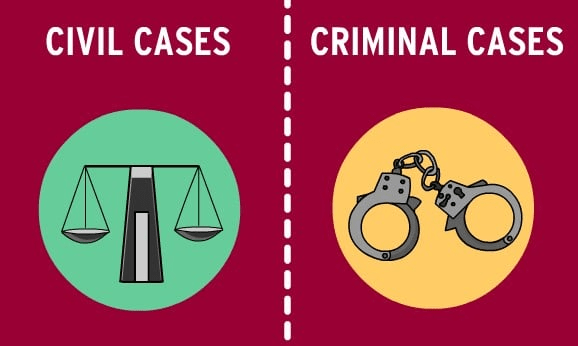
Civil statutes do not require the government to bring a lawsuit, do not authorize probation or imprisonment, and usually require some harm to a person who property before a plaintiff may recover damages
Criminal statutes impose various types of penalties and punishments, including fines, probation, and imprisonment
- Only the government may charge and prosecute an individual for violation of a criminal statute
What cases are binding for a state issue in a state trial court?

1. The state's highest court
2. The state's intermediate appellate courts
What are the two parts to STEP 1 in creating a research plan? (Hint: W's)

1. Review the client’s facts and identify the governing law
2. Then, attempt to identify the law that applies to your client’s factual situation
(Know the answer to the who, what, where, when and why questions)
TRUE/FALSE: You typically do not cite to an annotated code, you cite to the official code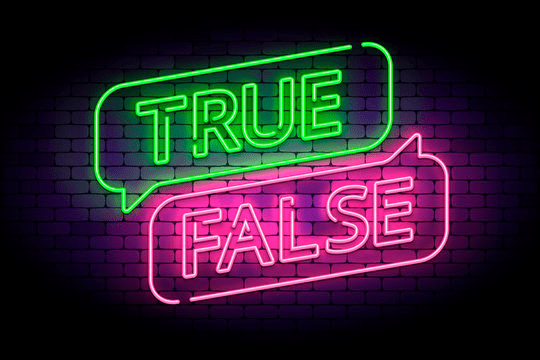
TRUE

How often/ how are hardbound sources such as legal encyclopedias and treatises updated?

1. At least once per year with pocket parts in the back of the volume They are rarely updated each year by a new hardbound volume
2. Updated by separate, free-standing supplements when the size of a pocket part becomes too large to fit in the back of the volume
Role of the court with statutes (3 parts)

Apply statutes
Interpret statutes (ambiguity)
Determine whether statute is constitutional
Federal issue in U.S. Court, what courts are binding and what courts are non-binding? (persuasive)

BINDING: U.S. Supreme court
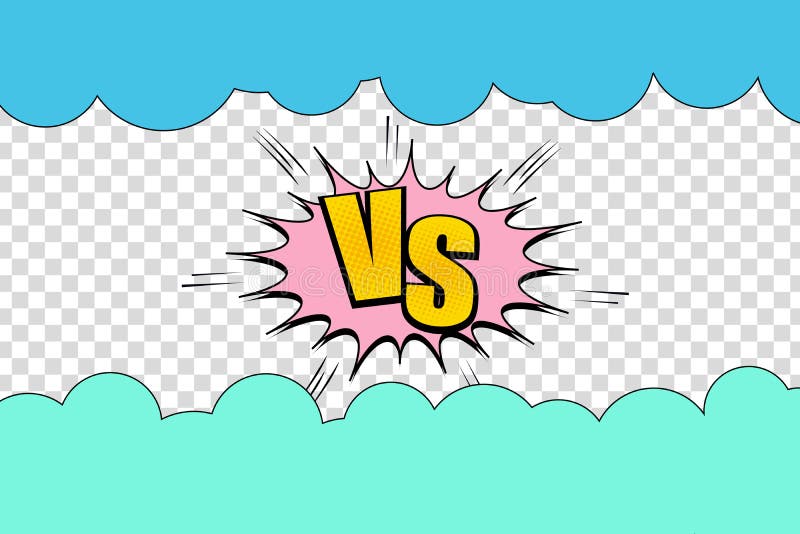
NON-BINDING: All state courts
-Federal District Courts
-Federal Circuit Courts
What three steps are we NOT worrying about for our legal research in our summary judgment memo?

Step 6: Administrative regulations and find cases that have interpreted them (congress may pass legislation to setup administrative agency or give rule making to administrative agencies and promulgate interpretations of statutes)
Step 8: Research the legislative history of relevant statutes, if necessary
Step 9: Research comparable statutes and cases from other jurisdictions, if necessary
FILL IN THE BLANK:
Immediately after a bill becomes law, a government agency assigns a public law number to the new law. The newly-enacted law is then published in a paper pamphlet and is known as a ______ ____.
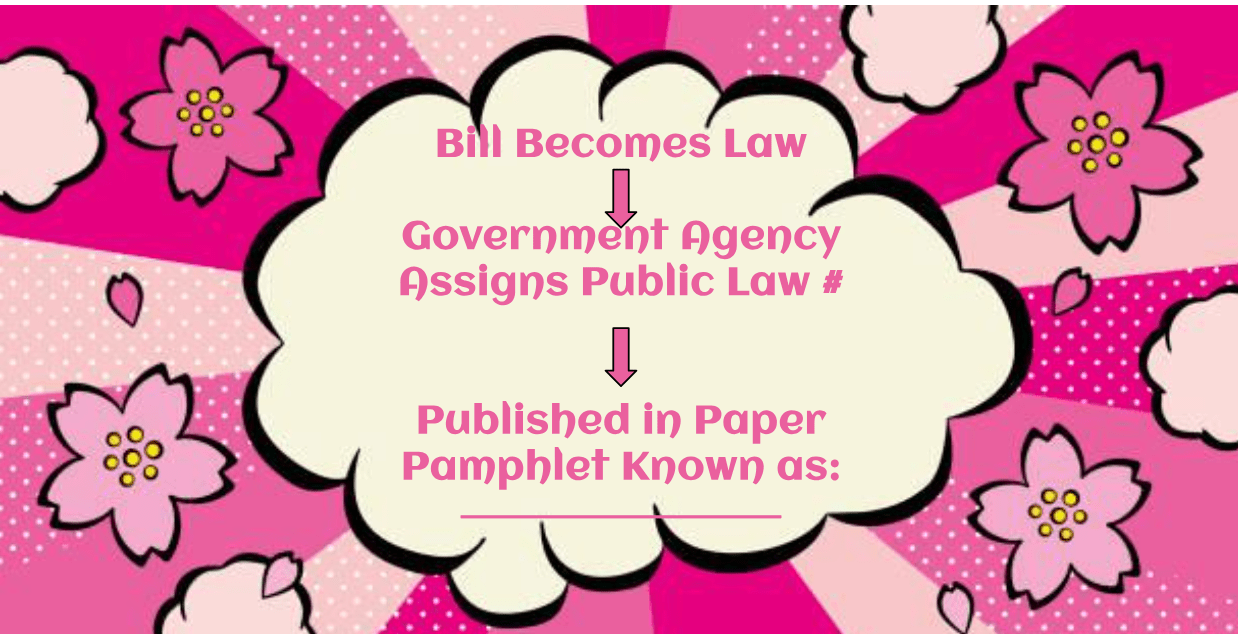
SLIP LAW

4 ways of finding and retrieving secondary sources on Westlaw and Lexis

1. Searching by title: enter title or partial title into the main search box on the home page
2. Browse by jurisdiction: you can view a list of all secondary sources available on each platform for a specific jurisdiction→ can be tricky for federal problems
3. Browsing by practice area or topic (may be hard to start here on graded memo)
4. Perform keyword searches: natural language and terms and connectors
TWO-PART QUESTION:
1. TRUE/FALSE Statutes are organized into codes arranged by subject matter
2. How do federal and state statutes differ in their organization
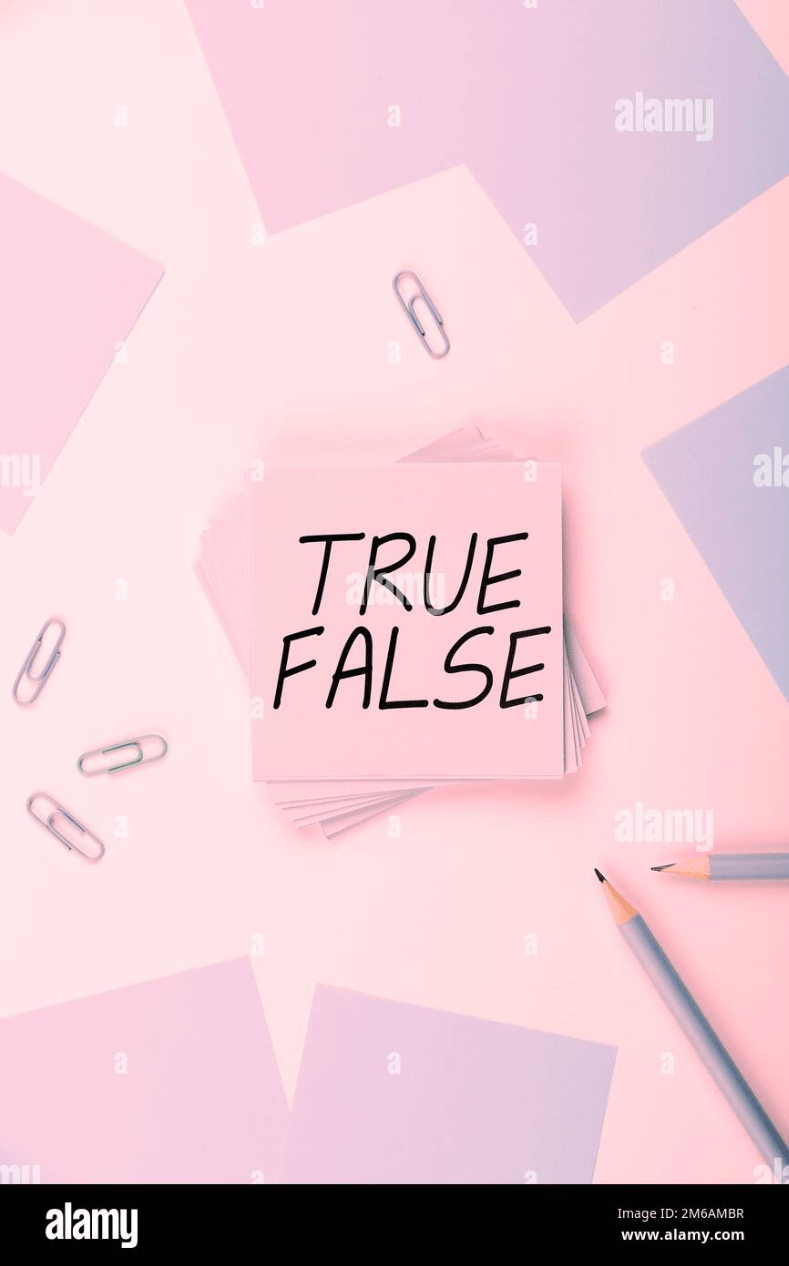
1.
2. Federal: US Code organized by: (titles/sections)
States: VARY (use BB Table 1)
Massachusetts: Mass. General Laws (chapter/ sections)
STATE issue in Federal District Court
What courts are BINDING?

1. State's highest court
2. State's intermediate appellate courts
3. Federal circuit court encompassing the district court
(that state's trial courts, fed. district courts and U.S. Supreme Courts would be NONbinding/persuasive)
3 Methods to research CASES

Review the case annotations in a statutory code (never cite these annotations)
You can find annotated codes in print (green books in library→ statutes will have annotated codes after them)
Finding state and federal basically have the same process
Two federal codes with case annotations are the U.S.C.A (most common and thorough) published by Thomas Reuters and U.S.C.S. published by Lexis
In U.S.C.A the case annotations follow “notes and decisions”
In U.S.C.S they are under “interpretative notes and decisions”
When possible, examine case annotations on both research platforms because they typically don’t reference same primary authorities (i.e. statute or cases)
Use reliable citator like KeyCite (westlaw) or Shepard’s (Lexis)
→ example: Notes of Decisions
Perform keyword searches in a case law database (natural language or Boolean)
Lexis and Westlaw are different editors, so it is important to look at both for annotations!
Case annotations can include...

1. References to related primary/secondary authorities
2. Citations to other related statutes
3. Related administrative legislations
4. Legal articles discussing the statute
5. Concise rules of law from select judicial decisions that have interpreted the federal statutes (publishers organize these case annotations by topic)
**you cannot rely solely on case annotations to discern the meaning of a statute**
3 reasons to search for secondary sources

Secondary sources summarize and explain the law
Secondary materials reveal important terminology and terms of art for an area of law (By knowing terms of art, you can create a list of relevant search terms that will help you find additional authorities)
Secondary sources help you find primary authorities- binding and persuasive- that address your legal issues
FILL IN THE BLANK:
When a bill becomes a law, known as an ________ or ________, it is assigned a ________ ___ ______.
For each two-year session of Congress, _______ ___ ______ are assigned to new statutes in ___ _____ ____ _______ ___. (i.e. chronological order)

When a bill becomes a law, known as an enacted law or statute, it is assigned a public law number.
For each two-year session of congress, public law numbers are assigned to new statutes in the order they became law.

State issue in state's highest court: what court is binding and which are non-binding?

Binding: State's highest court
NON-Binding:U.S. Supreme court
Federal district courts
Federal circuit courts
That state's intermediate appellate court
That state's trial court
What are the 3 parts of STEP 4 (hint: Ch. 14)

Validate each relevant statute, Determine
each statute’s effective date, and Identify all
amendments
Use Keycite or Shepard’s to confirm validity of each statute
To validate Westlaw: check HISTORY and then CITING REFERENCES to make sure no cases overruled statutes
On federal, want to make sure congress has not repealed or found it unconstitutional
Check effective date for each relevant statutes and review text of amendments (editorial summaries and history notes or credits)
Check currency of online code (whether any new laws have been enacted)
Federal statutes are also published in two unofficial codes (West/Lexis). What are the TWO REASONS attorneys and judges research statutes with the unofficial codes?

1. UNofficial codes in print are updated with new statutes and amendments more frequently than the official codes.
2. Both unofficial codes are ANNOTATED.

Name at least 6/8 of the most common types of secondary sources and explain what they are

Legal dictionaries: define legal terms and phrases and arrange the defined words in alphabetical order→ available in print and online
Legal encyclopedias: similar to traditional encyclopedias but they lack colorful pictures and they focus on legal topics
Multi- volume set of books that provide a brief overview of almost every area of law
Covers broad legal topics such as criminal law to narrow ones such as liability of owners of wild animals
Typically organized in alphabetical order where the first volume includes “A” topics and the last volume includes the “Z” topics
There are both national legal encyclopedias and state-specific ones
Two national legal encyclopedias are American Jurisprudence 2d and Corpus Juris Secundum (C.J.S.)
State encyclopedias only address laws of a specific state
Model or pattern jury instructions: state trial courts rely on these to instruct jurors about state laws during trials
Most states have two sets of instructions: one set for civil claims and one set for criminal charges and they summarize the elements and defenses for statutory and common law claims, identify whether a plaintiff or defendant has the burden of proof, and cite a few primary authorities.
Jury instructions simplify laws, making them understandable to novice researchers
Model or pattern instructions may include the drafting committee’s commentary that explains the statute and case son which they instruction is based and you should support these with other secondary materials
Practice manuals or practice guides→ cover federal and state laws for a range of legal topics --Almost every state has multiple practice manuals discussing its laws and typically is a single book although it could span several volumes
These manuals concisely summarize the law, focusing on the practical applications of the law
Treatises → generally discuss federal and state laws in detail and come in all shapes and sizes (could be a single book or multi-volume set of books and provides a more detailed analysis of a legal subject than an encyclopedia or practice manual) Many treatises evaluate the law
Restatements of the law → highly respected secondary sources that primarily discuss legal issues governed by state law -Each restatement covers a separate topic and they synthesize the law in the majority or jurisdictions (some do not reflect the majority rule and instead state what the drafters think the law ought to be)Restatements are typically not the best place to start a research project
American Law Reports→ collection of legal articles on narrow legal topics
Each legal article (annotations) analyze a specific topic in depth and may even exceed 100 pages
An A.L.R. annotation also summarizes the rules of law from various cases and explains how courts have applied the law to many different factual situations
You will not find one on a broad topic but will find specific topics
Review annotations if available early in your research process
Legal periodicals → fancy term to describe a collection of articles discussing the law 1. Bar journals: legal magazines published by state or local bar associations and other non-profit organizations
Summarize recent state laws for the jurisdiction in which they are published and cite primary authorities from that jurisdiction
Law review articles differ from bar journal articles in several respects: a law review article discusses a specific topic in more depth than a bar journal article, providing hundreds of citations to primary and secondary authorities in the footnotes.
Process for federal statutes in the US Code
(Hint: Fed. Statutes are ______ in the United States Code (a multi-volume set of books). ________ is a fancy term that means arranging session laws by ______ and compiling them into a code. during the ___(same as above)______process, each new statute is also given a _______ number. The US Code arranges federal statutes in over 50 broad topics called ______, which mostly appear in alphabetical order. Each code is further divided into ____ ____ ______ and some chapters are further divided into ___ - _____. Regardless of division of any particular title, the smallest division is a _______.)

Federal statutes are CODIFIED...
CODIFICATION... fancy term...means arranging session laws by TOPIC... during the CODIFICATION process, each new statute given a SECTION number. The US Code arranges... called TITLES... further divided into SUB-CHAPTERS.
Smallest division is a SECTION.
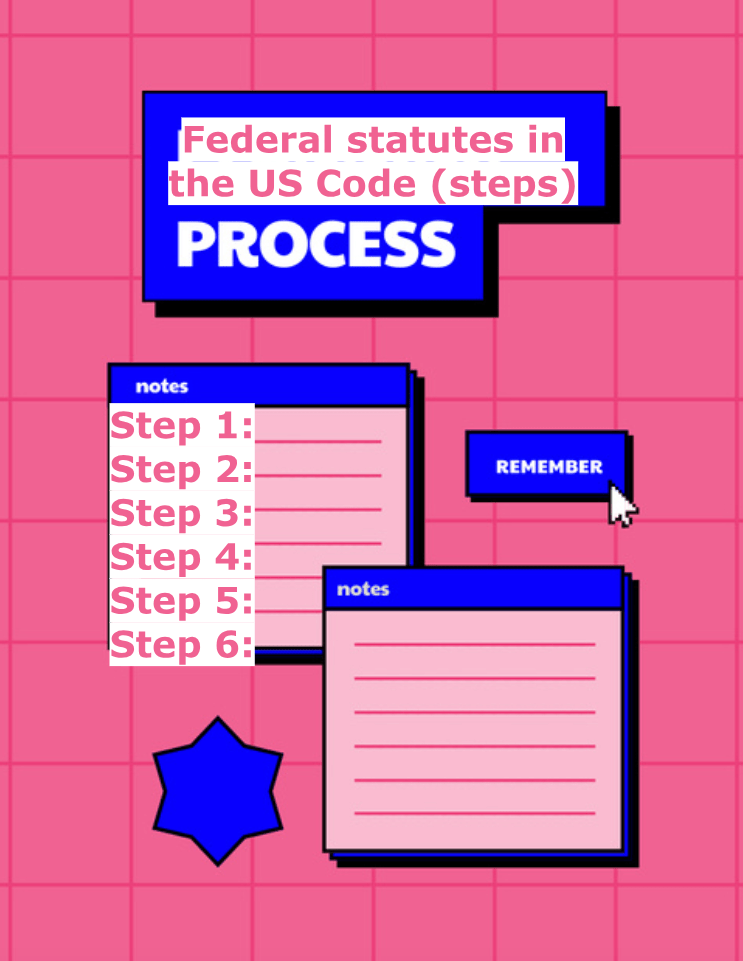
For binding caselaw, explain what would be
1. Best authority
2. Good Authority
3. Weak/Fair Authority

1. Best authority: same/similar legal issue+ same/similar relevant facts
2. Good Authority: same/similar legal issue+ different relevant facts
3. Weak/Fair Authority: different legal issue but same area of law, different relevant facts
TRUE/ FALSE: U.S.C.S: (U.S. Code Service) is the most commonly referenced code and is from Thomas Reuters.
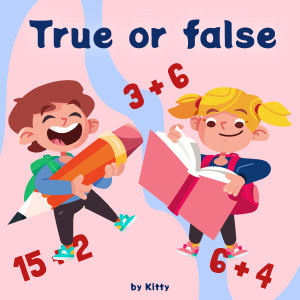
FALSE, U.S.C.A= US Code Annotated (Thomas Reuters/→ most common and thorough)
(U.S. Code Service is from Lexis and is only used about 10% of the time per Prof. Freeley)

In Appendix B, what would the legal issue and relevant facts from highly to moderately persuasive non-binding caselaw need to be for it to be the BEST AUTHORITY. (same/similar, etc.)

N/A- NON-BINDING never best authority